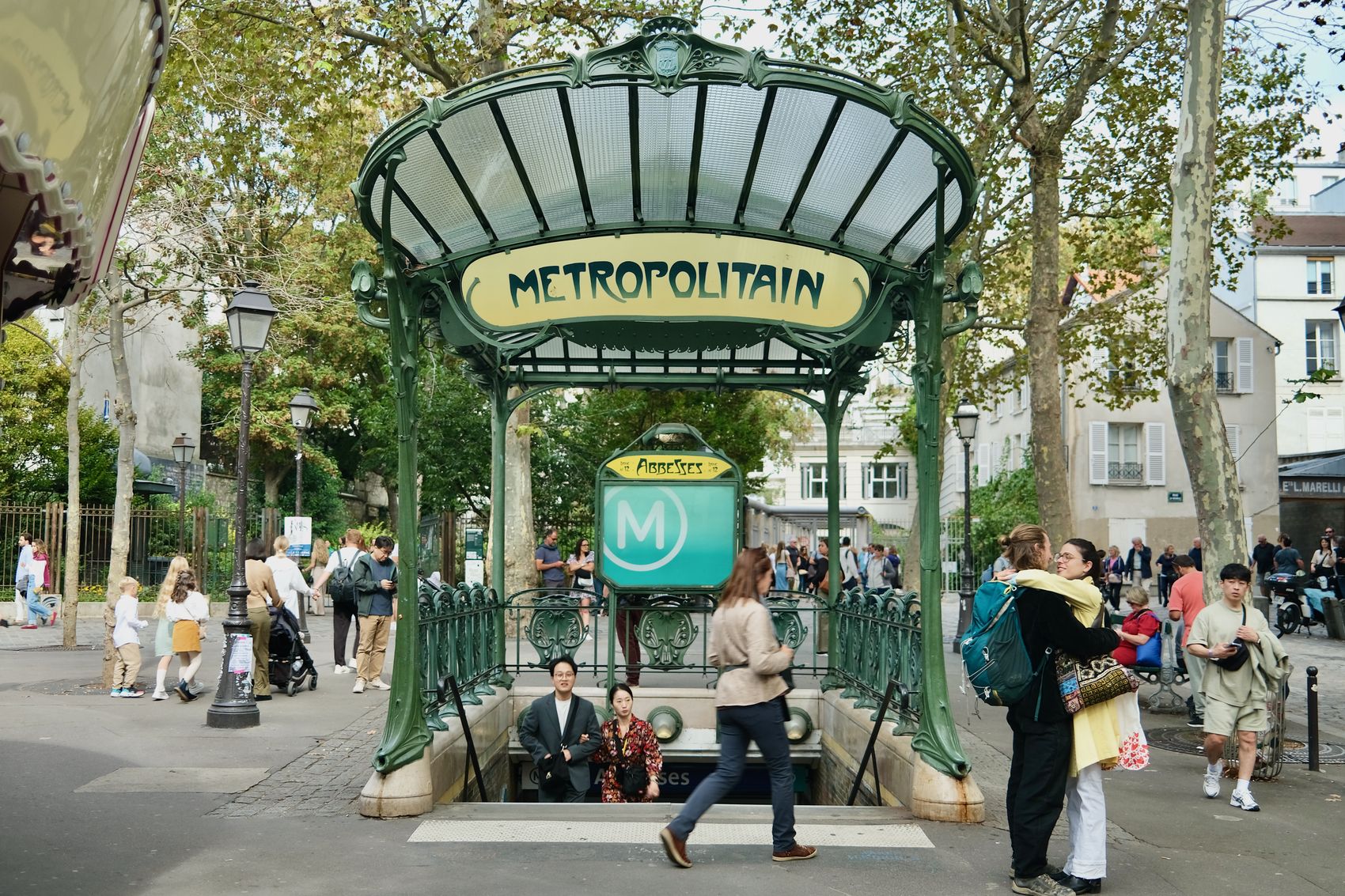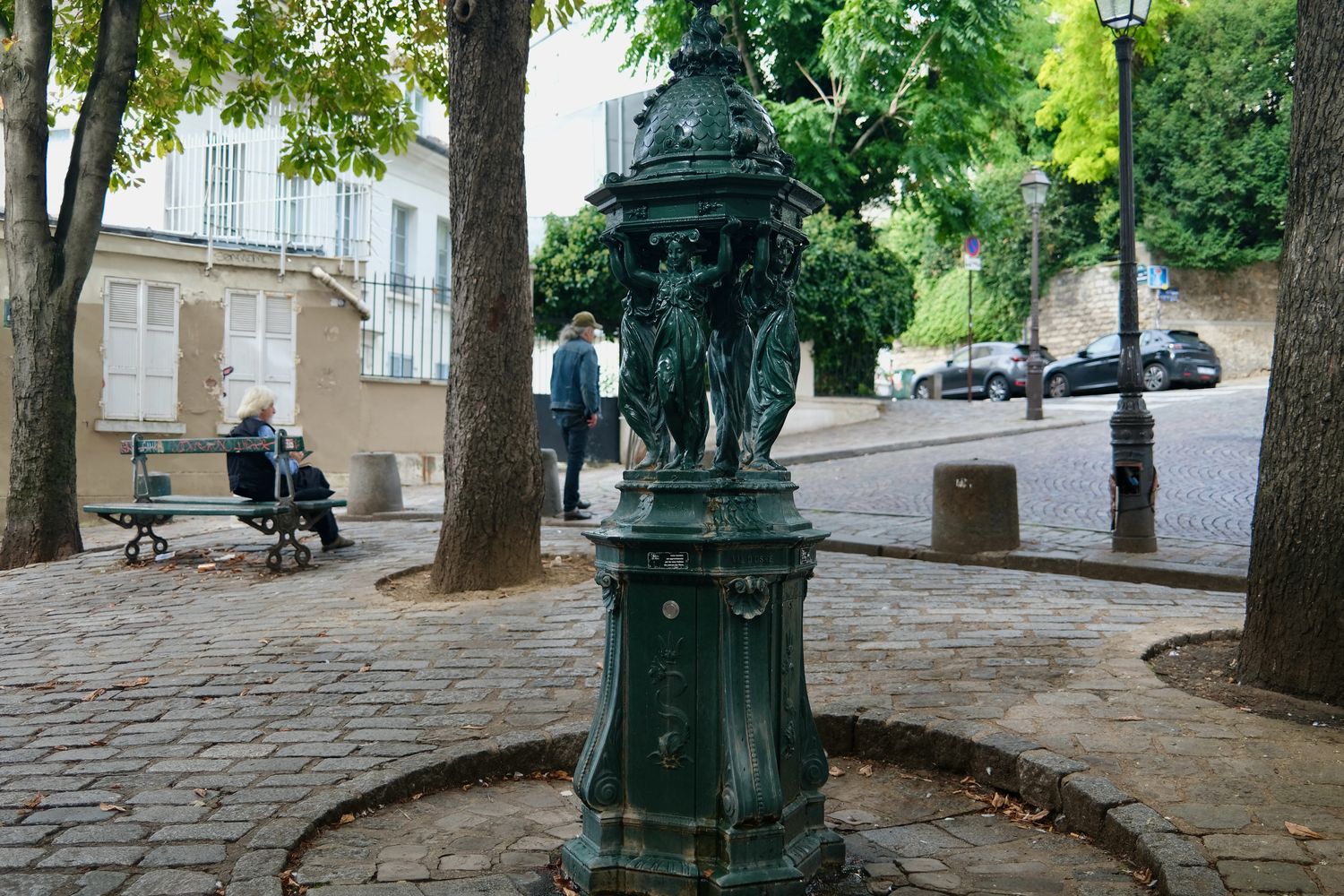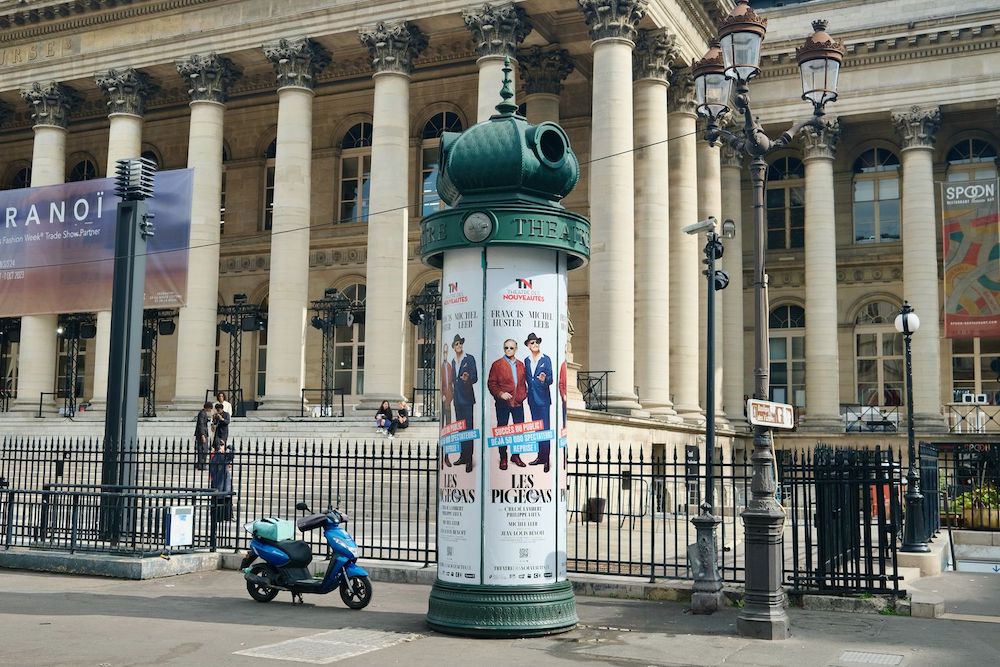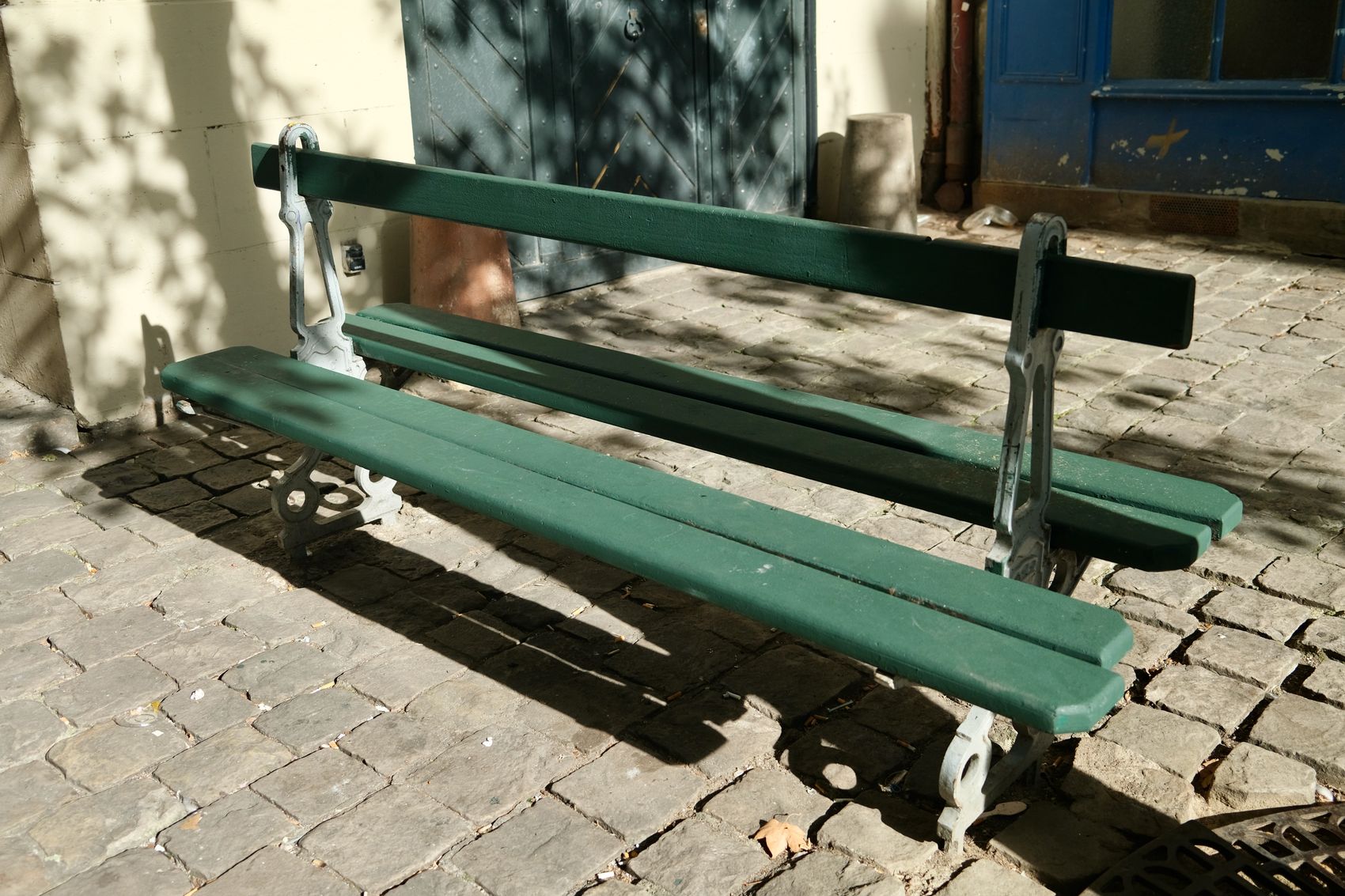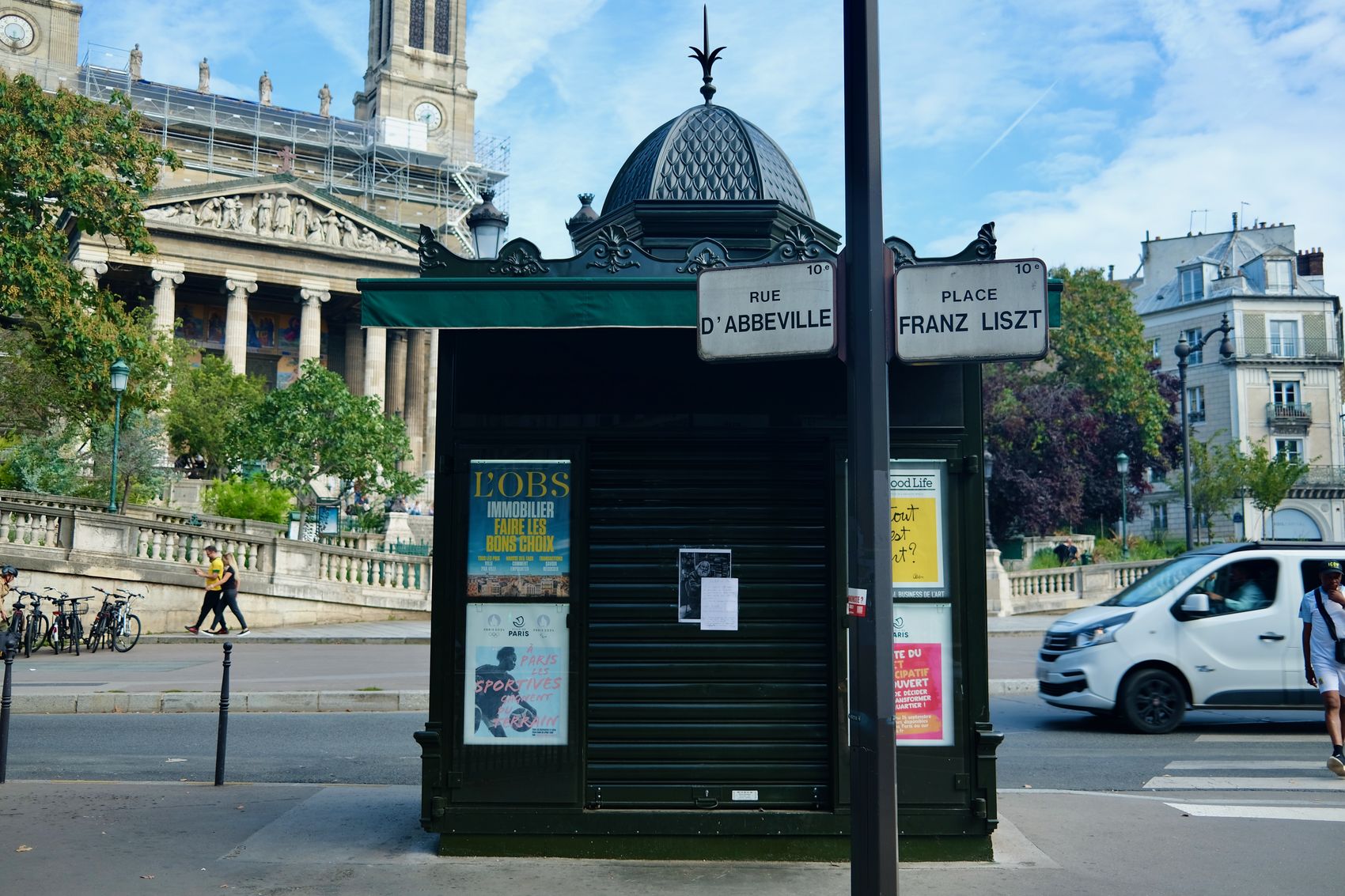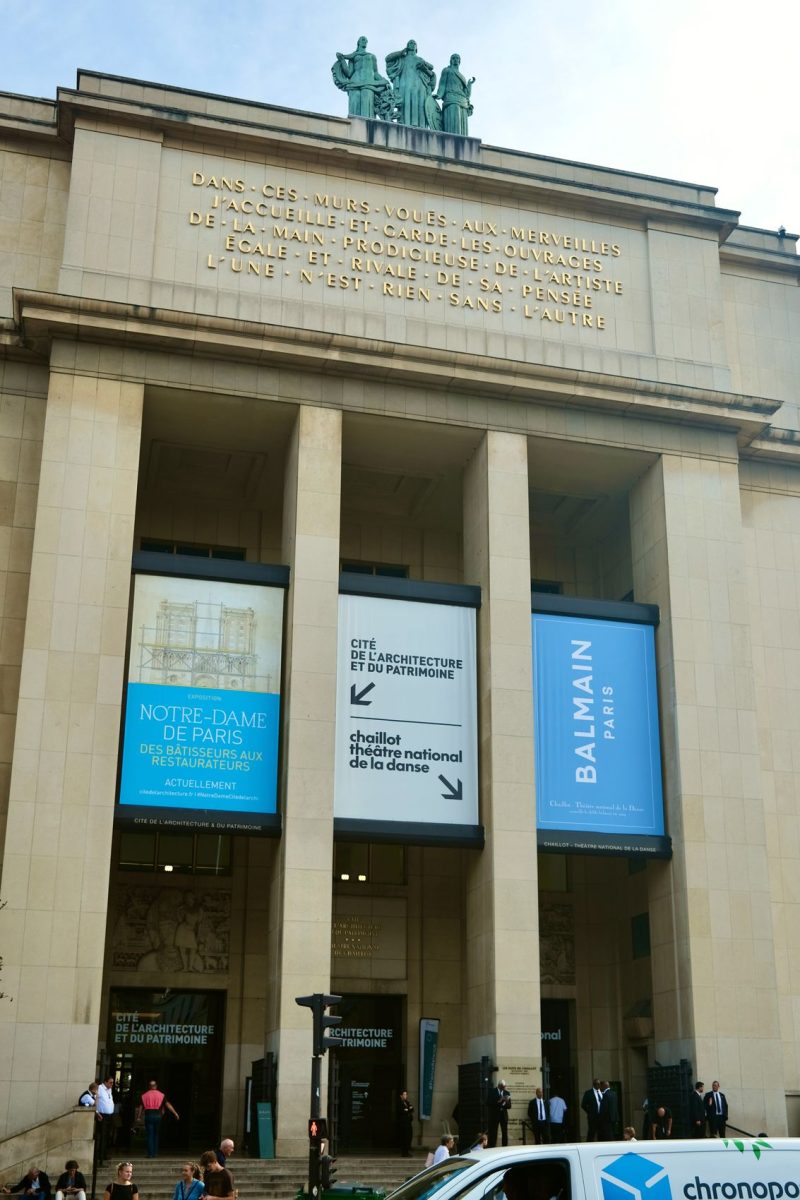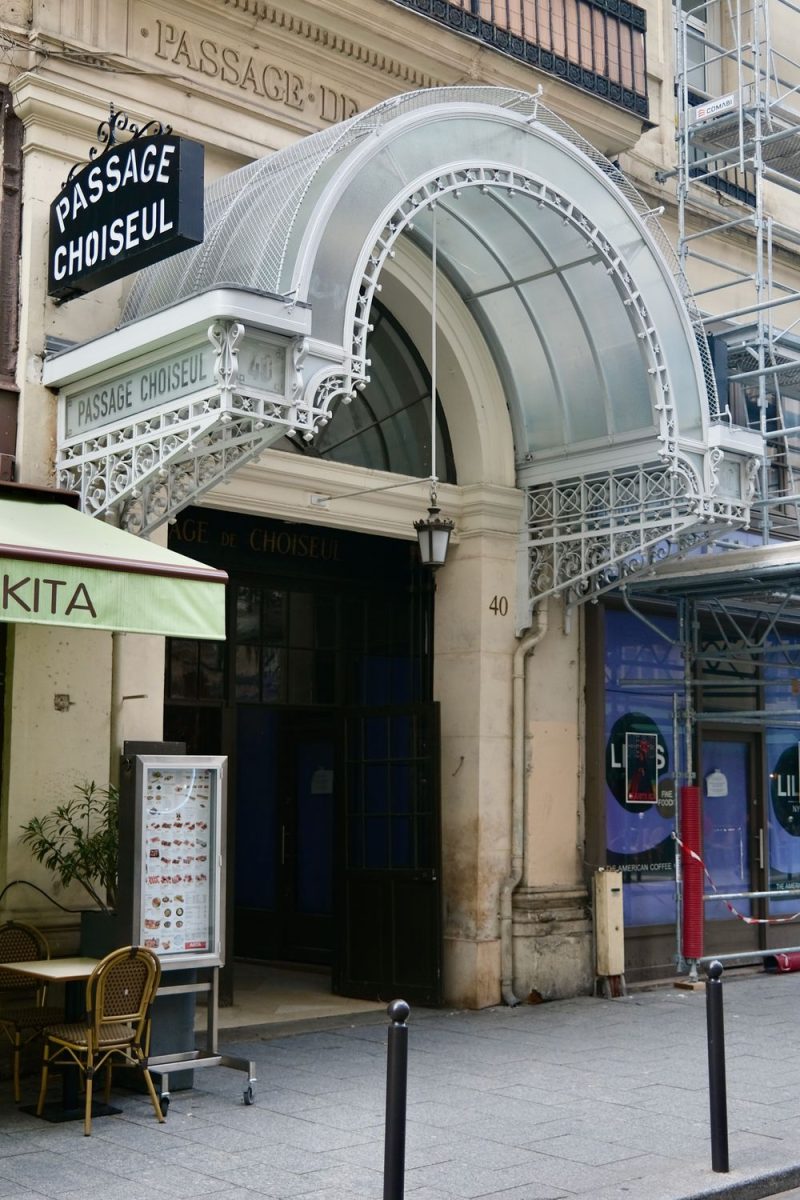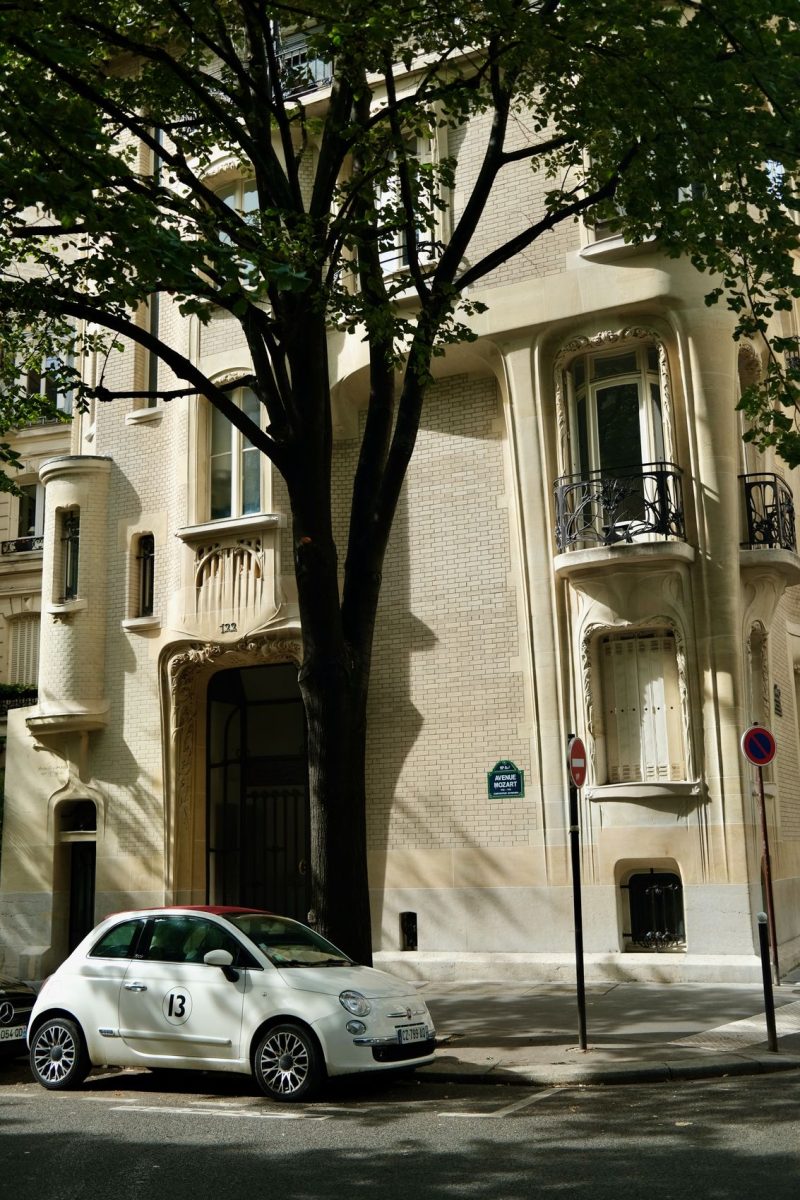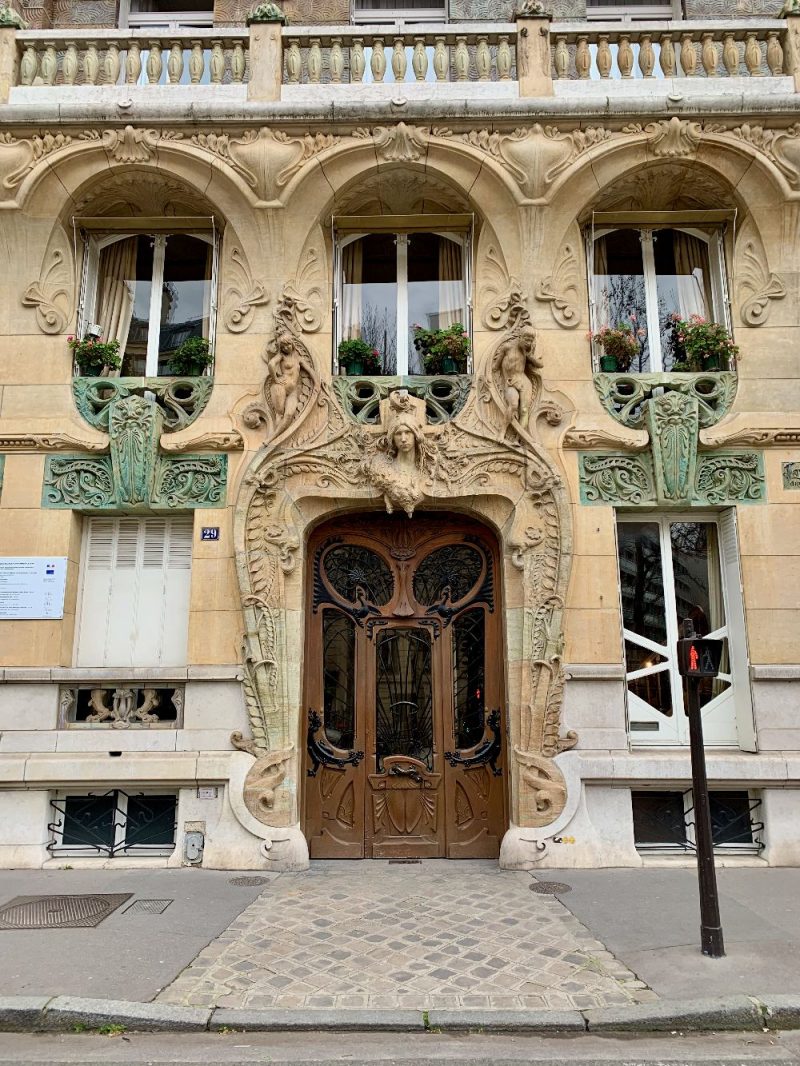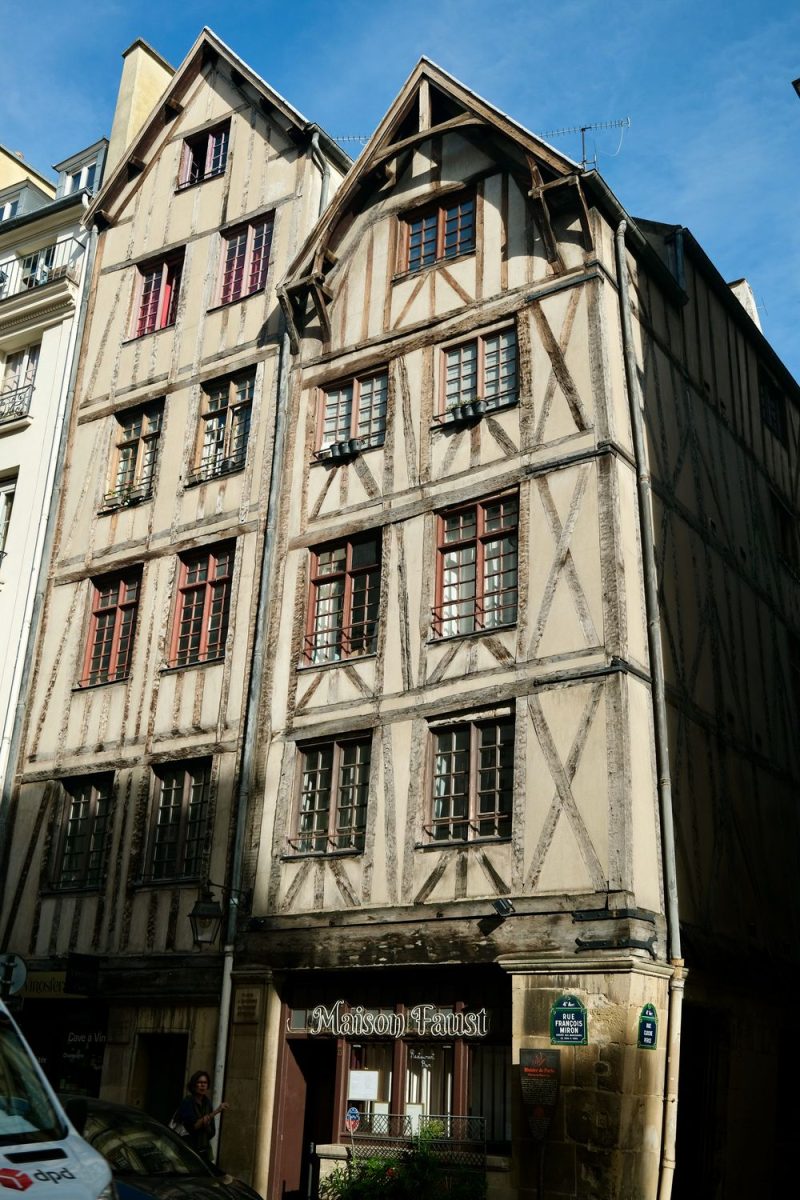5 Famous Paris Street Furniture Examples
Culture Travel may earn a commission through links on this website. As an Amazon Associate, we earn from qualifying purchases.
Paris is known for its elegant and functional street furniture, often designed with aesthetics and utility in mind. Here are a few examples of the most ubiquitous pieces of Parisian street furniture you’ll see across the city if you keep your eyes peeled!
Hector Guimard Métro Entrances
Designed by architect Hector Guimard in the early 1900s, these Art Nouveau métro entrances were introduced during the expansion of Paris’s subway system. Featuring organic shapes, wrought iron, and glass, the designs emphasized natural forms, reflecting the artistic style of the time. Though controversial at first, these Parisian metro entrances became a symbol of modernity and innovation, aligning with Paris’s image as a center of art and culture. Today, they are celebrated as iconic symbols of the city and are preserved as cultural heritage.
Wallace Fountains
Wallace fountains were created in the 1870s by Sir Richard Wallace, a British philanthropist, to provide free, clean drinking water to Parisians. Designed by sculptor Charles-Auguste Lebourg, these cast-iron fountains are distinct for their green color and four caryatids symbolizing kindness, simplicity, charity, and sobriety. They were introduced during a period when clean water was scarce, particularly for the poor, and they remain functional and symbolic of Paris’s social conscience and artistic elegance.
Morris Columns
Named after Gabriel Morris, who obtained the concession to install them in the late 19th century, Morris columns were designed as cylindrical advertising structures. They are typically used to display posters for theater performances, films, and cultural events. These columns were a practical way to organize advertisements in the city while also adding a decorative element to the streetscape. Over time, they have become an enduring feature of Parisian urban design.
Davioud Benches
Davioud benches were introduced in the mid-19th century during Baron Haussmann’s renovation of Paris, with Gabriel Davioud, an architect, leading much of the urban design. These benches, crafted from wood and cast iron, were designed to provide practical yet visually pleasing seating in the city’s new boulevards and parks. Their timeless design blends functionality with ornamentation, making them a signature element of Parisian public spaces.
Kiosks Selling Newspapers or Flowers
Pavement kiosks, dating back to the 19th century, were established as a way to organize the sale of newspapers, books, and flowers along Paris’s bustling streets. Their compact, green-painted design with decorative roofs complemented the city’s architectural aesthetic. The kiosks became iconic features of Parisian life, symbolizing the lively street culture and serving as convenient stops for both locals and visitors. Today, many kiosks have been modernized while few remain that preserve their traditional charm.
Many of these items reflect Paris’s commitment to preserving historical charm while accommodating modern needs.
